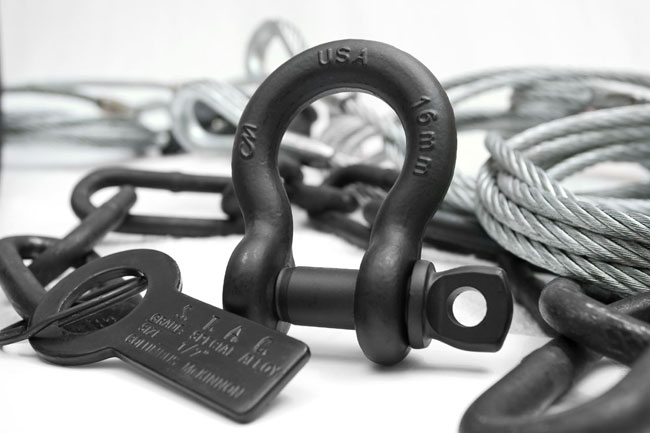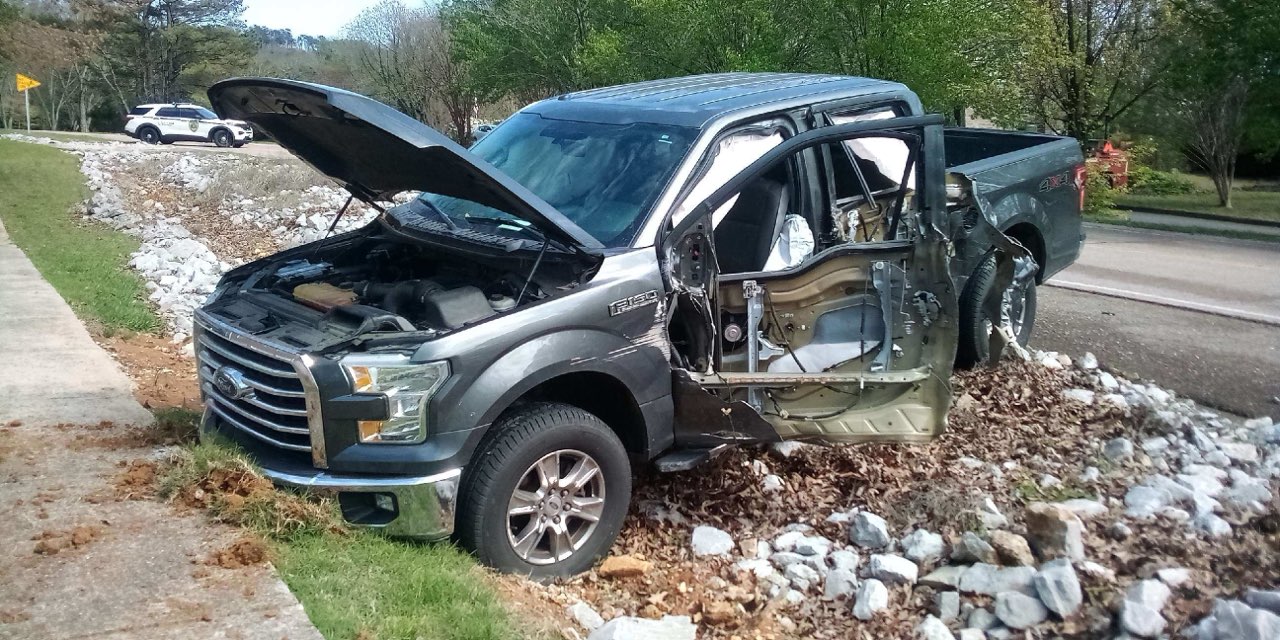
FREE SHIPPING ON
ALL QUALIFYING ORDERS
Enter your email below to join our mailing list:

Rigging looks like an easy operation, one that doesn’t seem to require any particular skill or experience. But don’t be fooled. Many people who’ve thought “anyone can do it” have lost fingers or hands, or suffered more serious injuries while rigging. So I’m going to point out some of the “do’s and don’ts.”
Appoint one member of the crew to act as signalman, and instruct the crane operator not to accept signals from anyone else. The signalman and operator should meet on hand signals. The signalman must not order a move until getting an “all ready” from each crewmember. Each worker in turn must be in the clear before giving an “all ready” to the signalman. If you must hold on to the chain, sling, choker, or what ever to maintain tension, be sure your hands and feet are out of the way of pinch points before giving an “all ready.”
If it isn’t possible to release the chain, sling, or choker, be sure your hand is clear of pinch points. In fact, keep your hand far enough away so that a frayed wire or splinter on the chain can’t catch your glove and jerk your hand into a pinch point.
It’s almost impossible to position the hook exactly over the load center. So, watch out for a swing or roll. Anticipate the direction of the swing or roll and work away from it. Never place yourself between material, equipment or other stationary objects and the load. Stay away from stacked material that may be knocked over by a swinging load.
Never get under a suspended load, and keep out from under the crane’s boom too. The chances are that nothing will break. But are you willing to bet life and limb that it won’t?
When it’s necessary to guide a load, use a tag line or hook. If you have to walk with a load, keep it as close to the ground as possible. Before hand, look over the spot where the load is to be landed. Remove unnecessary blocks or the objects that might fly up when struck by the load. When lowering or setting a load, keep your feet and all other parts of your body out from under. Set the load down easily and slowly. Then, if it rolls on the blocking, it will shift slowly and you’ll be able to get away.
Teamwork is important on any job to prevent injury to yourself or others. But on a rigging job, this goes double.
[ctct form=”31094″]





No spam, notifications only about products and updates.

Having dealt with MK Diamond Products and the Delahauts since the mid 1990’s it is sad to hear the news that they have closed their

I’ve told my wife and daughter to never follow a mortar mixer down the interstate. For over 30 years we have sold, rented, and repaired

This question is one of the most frequent mixer related questions our rental staff are asked. Our contractor customers know the importance of using the right tools for the job.

Trowel Trades, a company that specializes in equipment rental, tool retail, repair services, scaffolding and mast climber access solutions, enters the Silver Tier of the Masonry Alliance Program.
Your email was submitted successfully.
YOUR 10% OFF COUPON CODE IS WELCOME10.
See category exclusions below.
Category Exclusions:
Arbortech Brick and Mortar Saw, Compaction, Concrete Mixers, Concrete Walk Behind Saws, Drop Hammers, Grout Hogs, iQ Power Tools, Masonry Block Saws, Masonry Brick Saws, Mast Climbers, Mortar Mixers, Mud Buggy, Saws, Scaffold, Self Dumping Hoppers, Shoring, and Stihl